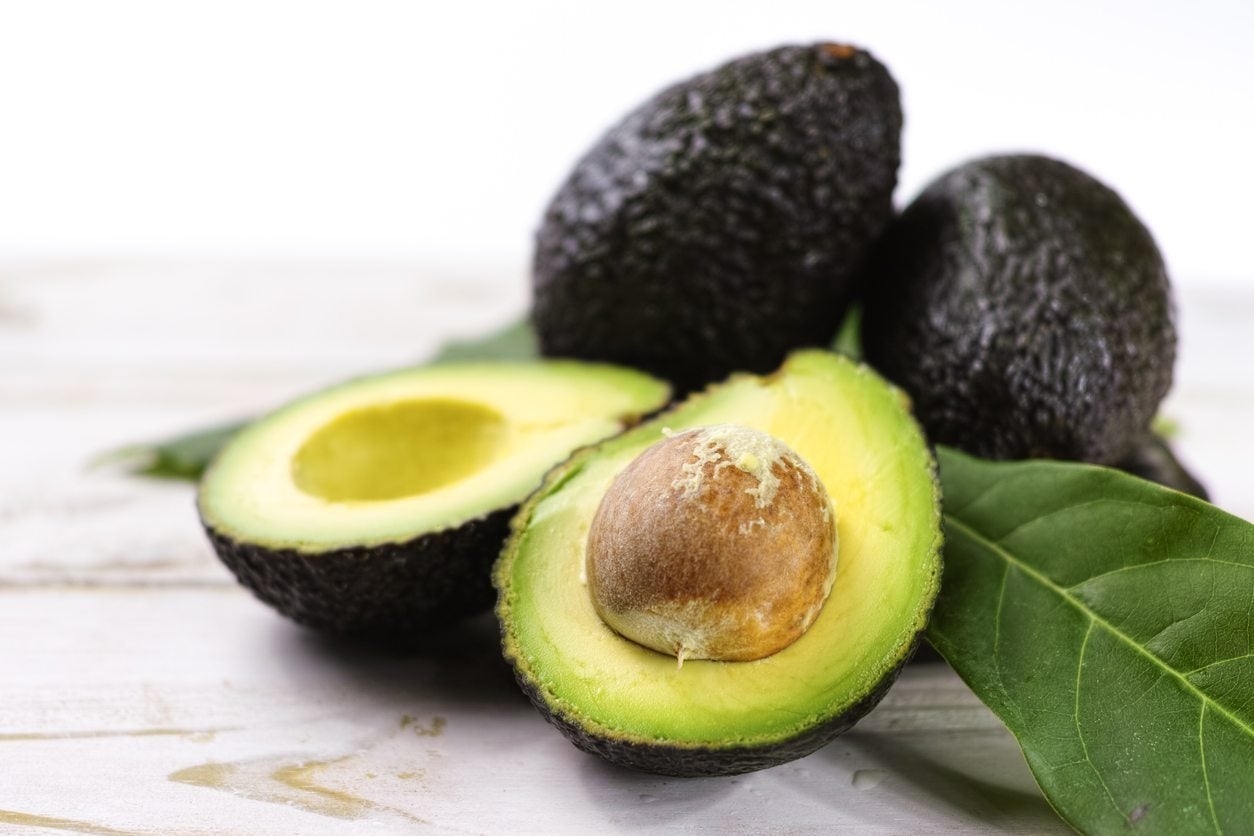Which Vegetables Have Vitamin E – Growing Vegetables High In Vitamin E


Vitamin E is an antioxidant that helps maintain healthy cells and a strong immune system. Vitamin E also repairs damaged skin, improves vision, balances hormones, and thickens hair. However, Harvard School of Public Health says that most people don’t get 15 mg. of vitamin E per day – the recommended optimum daily level for adults. Read on for a helpful list of vitamin E-rich veggies that you can grow in your garden or purchase at the local farmers market.
Vitamin-E Rich Veggies Can Help
The U.S. Department of Agriculture agrees that most adult Americans don’t get enough of several important nutrients, including vitamin E. Children and adults over age 51 are particularly at risk of not getting enough of this essential nutrient. If you think you are among those that may be deficient in vitamin E, it’s always possible to supplement your diet with vitamin pills. However, according to Scientific American, the body doesn’t absorb synthetic forms of vitamin E as efficiently as vitamin E in its natural form. One of the best ways to ensure you’re taking in enough is to eat vegetables high in vitamin E. Locally grown (or homegrown) veggies offer the highest levels of vitamins and minerals. Eat vegetables within 72 hours after harvest because veggies can lose 15 to 60 percent of their nutrients if not eaten during that time.
Vegetables High in Vitamin E
A number of fruit varieties are great for vitamin E, such as avocado, but which vegetables have vitamin E? The following is a list of the best vegetables for vitamin E intake:
- Beet greens
- Swiss chard
- Turnip greens
- Collard greens
- Mustard greens
- Kale
- Spinach
- Sunflower seeds
- Sweet potatoes
- Yams
- Tomatoes
While these delicious veggies may not be on the top of the list of vegetables for vitamin E, incorporating them into your diet can still boost your levels:
- Asparagus
- Lettuce
- Artichokes
- Broccoli
- Red peppers
- Parsley
- Leeks
- Fennel
- Brussels sprouts
- Onions
- Pumpkin
- Rhubarb
- Beans
- Cabbage
- Radishes
- Okra
- Pumpkin seeds
Gardening tips, videos, info and more delivered right to your inbox!
Sign up for the Gardening Know How newsletter today and receive a free copy of our e-book "How to Grow Delicious Tomatoes".

A Credentialed Garden Writer, Mary H. Dyer was with Gardening Know How in the very beginning, publishing articles as early as 2007.
-
 Never Plant Seedlings Until They Pass These 3 Simple Tests
Never Plant Seedlings Until They Pass These 3 Simple TestsDon't be over-eager to transplant seedlings into the garden before they are ready. These quick and easy checks will help ensure flourishing plants.
By Mary Ellen Ellis
-
 Grow ‘Karl Rosenfield’ Peony Plants For The Ultimate Frilly Border Beauties And Cut Flowers
Grow ‘Karl Rosenfield’ Peony Plants For The Ultimate Frilly Border Beauties And Cut FlowersFor frilly double magenta peony petals infused with a heady fragrance, grow ‘Karl Rosenfield’ peony plants. Here’s how to cultivate the ultimate plushy blooms
By Tonya Barnett
-
 How Many Vegetables To Plant Per Person For A Year
How Many Vegetables To Plant Per Person For A YearGauging how much to plant in a vegetable garden can eliminate waste while still producing enough for your family. Click for more.
By Bonnie L. Grant
-
 13 Perennial Fruits And Vegetables You Only Have To Plant Once
13 Perennial Fruits And Vegetables You Only Have To Plant OnceLooking to set it and forget it? Find out which fruits and vegetables can be grown as perennials.
By Laura Miller
-
 11 Edible Plants For A Year-Round Garden In A Bucket
11 Edible Plants For A Year-Round Garden In A BucketWant to know how to grow food inside your house and which foods do best indoors? Click here to learn all about it.
By Bonnie L. Grant
-
 Frost Tolerance Of Vegetables From Least To Most Hardy
Frost Tolerance Of Vegetables From Least To Most HardyHow cold can vegetables tolerate? Knowing which veggies will survive frosts and freezes is essential for the success of your garden. Click here for more.
By Laura Miller
-
 Best Vegetables To Pickle Straight From The Garden
Best Vegetables To Pickle Straight From The GardenPickles aren’t limited to just cucumbers. Read on for tips on pickling your fresh veggies.
By Amy Grant
-
 Benefits Of Planting In Fall Vs. Spring Vegetable Plots
Benefits Of Planting In Fall Vs. Spring Vegetable PlotsLearn why some vegetables do better if you plant them in fall instead of spring.
By Laura Miller
-
 Interplanting Vegetables In The Fall Garden
Interplanting Vegetables In The Fall GardenLearn all about the benefits of interplanting vegetables for your fall garden.
By Laura Miller
-
 Best Vegetables For Growing In Perlite
Best Vegetables For Growing In PerlitePerlite is a natural growing medium that comes from super-heated volcanic glass. In some cases, it works better than soil. Read on for more info.
By Laura Miller